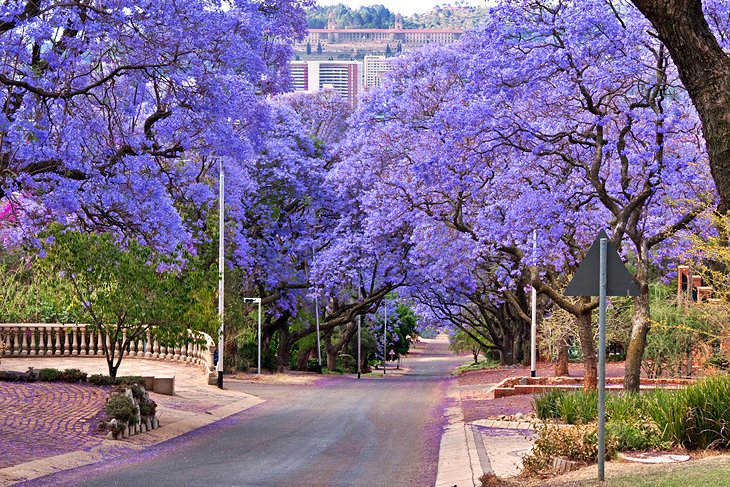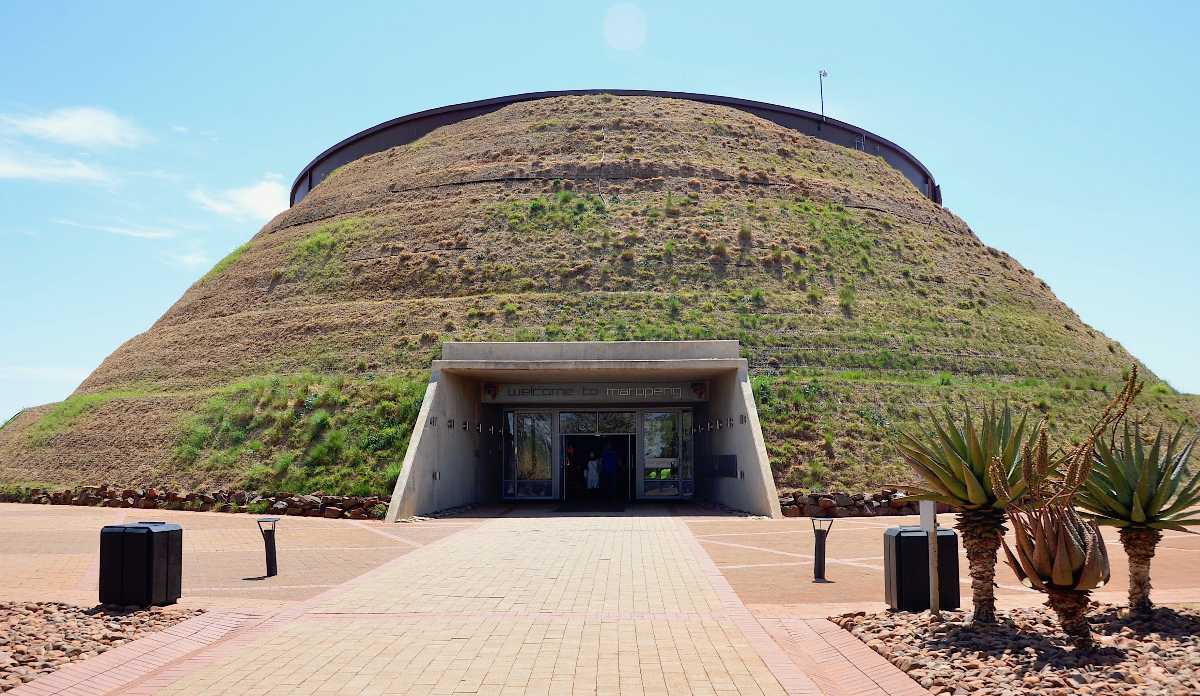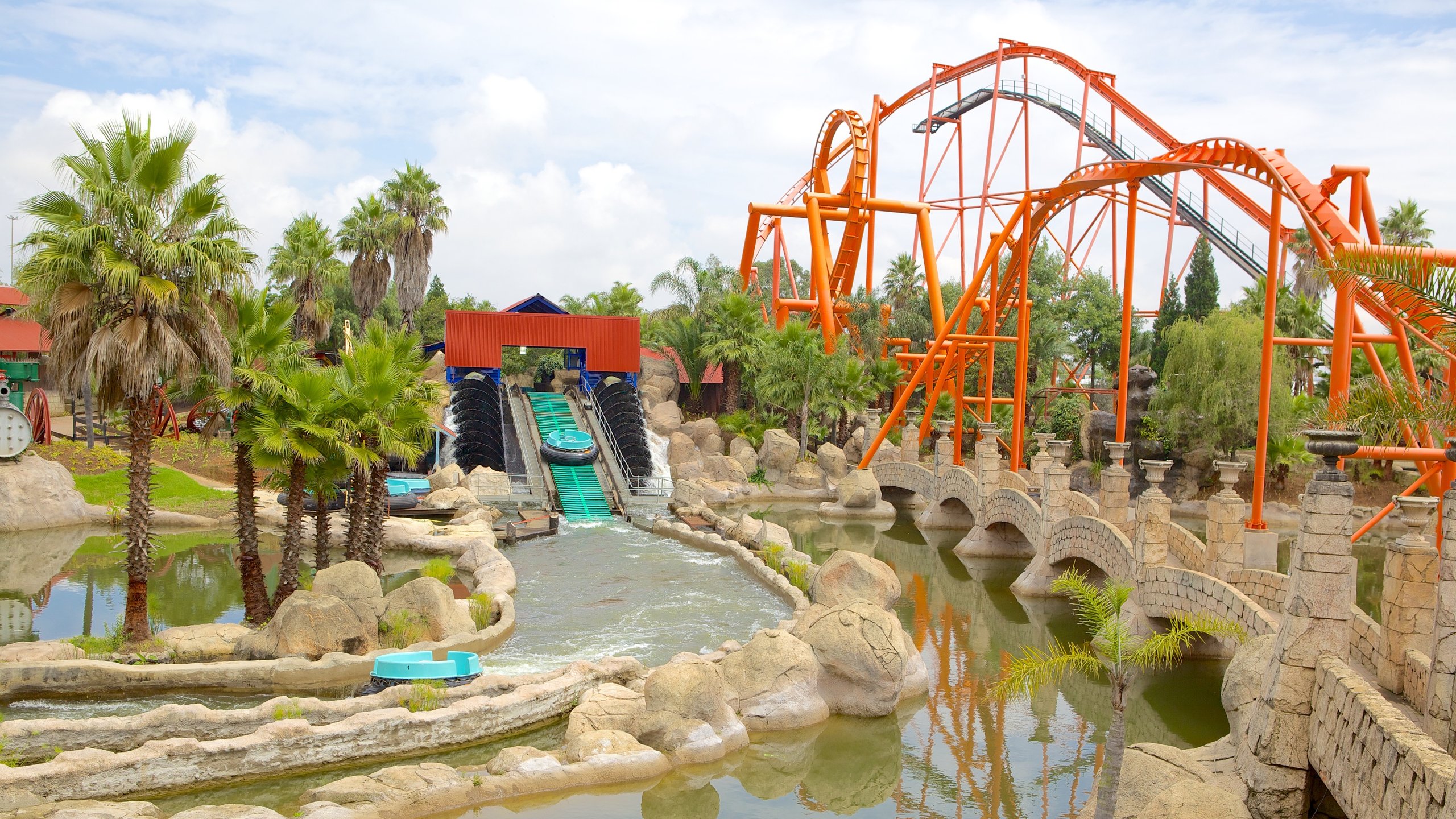The Best Guide To Johannesburg North Attractions
The Best Guide To Johannesburg North Attractions
Blog Article
Not known Factual Statements About Johannesburg North Attractions
Table of ContentsThe smart Trick of Johannesburg North Attractions That Nobody is DiscussingThe 8-Second Trick For Johannesburg North AttractionsJohannesburg North Attractions - An OverviewNot known Facts About Johannesburg North AttractionsThe Buzz on Johannesburg North AttractionsThe Of Johannesburg North AttractionsJohannesburg North Attractions - Questions
Nevertheless you need to keep protection in mind and visitors must continue to be alert whatsoever times when in strange environments. Speak with the locals when you are in community to discover out regarding the location you are staying in. Johannesburg North attractions. When on the street (this doesn't use to shopping center and various other protected atmospheres) best general suggestions is to try your ideal to appear like a neighborhood and to prevent showing any form of wealth
The Of Johannesburg North Attractions
Teacher Revil Mason O. J. (Thomson, 1946) checked out the Witwatersrand's pre-colonial background. His historical work took off the 'em pty land' myth, according to which the region was without human habitation prior to the arrival of European settlers. In his publications Prehistory of the Transvaal: A Document of Human Task (1962) and Origins of Black People of Johannesburg and the Southern Western Central Transvaal AD 3501880 (1986 ), Professor Mason showed the level of social and financial growth in the location prior to Europeans established foot below.

How Johannesburg North Attractions can Save You Time, Stress, and Money.
He showed the government's authorization, approved after he had vouched to keep his discoveries key. In 1874, small-scale mining operations were started in the Magaliesberg, where an Australian, Henry Lewis, had discovered gold down payments. In 1878, David Wardrop discovered gold in quartz blood vessels at Zwartkop, north of Krugersdorp. In 1881, Stephanus Minnaar encountered gold on the farm Kromdraai, near the Cradle of Humankind.
In March 1886, an outcropping (quickly to be called the Main Coral reef) was found, quite fortuitously, on Gerhardus Oosthuizen's ranch Langlaagte. Some claim that the Lancastrian coal miner George Pedestrian discovered this reef. Another itinerant English prospector, George Harrison (that had formerly worked in Australian mines) acquired a prospecting licence in respect of Langlaagte in Might 1886.
He determined to carry on in a mission for greener pastures, and disposed of his Langlaagte insurance claim for the handsome sum of 10. Alas: beneath lay the wealthiest goldfield ever before found. The exploration of this rich auriferous reef provoked a gold rush that signalled completion of bucolic tranquillity in the southerly Transvaal.
It would, within six years, end up being the biggest community in southerly Africa. Within a decade, it would make the Z. A. R. till after that an anarchical and bankrupt little state the wealthiest country in Africa. By the millenium, the Z. A. R. was to surpass Russia, Australia and the USA of America to end up being the world's leading gold manufacturer, generating greater than a quarter of the world's gold.
Johannesburg North Attractions Fundamentals Explained
It was referred to as Ferreira's Camp, called after Colonel Ignatius Ferreira. He was a you could try here Boer adventurer upon whom the British authorities had actually bestowed the standing of Friend of one of the most Distinguished Order of St Michael and St George (qualifying him to the post-nominal letters C. M. G.) in thankfulness for his duty in the war that had actually deposed the Pedi king Sekhukhune in 1879.
Two various other camps were developed: Meyer's Camp on the farm Doornfontein, and Paarl Camp. The latter was nicknamed Afrikander Camp; several individuals from the Cape Colony settled there.

About Johannesburg North Attractions
This name acquired currency by word of mouth, such that the State Secretary affirmed the name to the Mining Commissioner advice on 9 October 1886. Stands in the village were auctioned on 8 December 1886. While some stands were cost 10, others were knocked down for just sixpence.
2 years later, these erven were to alter hands for as much as 750 each. The tented camps diminished as a dorp of corrugated iron buildings developed and expanded north of the mines located along the Main Reef Road. Areas such as Jeppe's Town (where working-class immigrants erected their dwellings) and Doornfontein (where the wealthy new 'Randlords' started to construct their opulent homes) were quickly included in the ever-expanding map of the community.
Unknown Facts About Johannesburg North Attractions
Besides the street names, there were no signs of Johannesburg being located in a Dutch-speaking country. Years later, C. W. Kearns O. J. (one of the first boys registered at St John's College in 1898) would recall: 'A strange reality regarding Johannesburg was you can find out more that, although it remained in the [Boer Republic], nearly every person spoke English and also the Federal government servants attended to one in English, unless they were very first addressed in the Taal (or Reduced Dutch)'.
As such, Britain had an interest in ensuring ideal conditions for gold production on the Witwatersrand, which the gold was exported to London instead than Berlin a crucial provided even more clamant by the Z. A. R - Johannesburg North attractions.'s increasing toenadering with Germany. Mine proprietors were on an accident course with Head of state Kruger, whose plan of monopolistic concessions (frequently approved to his cronies) avoided mining firms from obtaining supplies of materials (especially dynamite) and work on their own, less expensive terms
The smart Trick of Johannesburg North Attractions That Nobody is Talking About
In 1890, the Volksraad had actually limited the franchise business to white men who had lived in the Z. A. R. for fourteen years or longer, thus disqualifying a lot of the immigrants (who happened to be the major contributors to the fiscus). Agitation for the ballot was a plain pretext for promoting a different program; the majority of uitlanders regarded themselves as short-lived visitors and had no intent of remaining in the Z.
Report this page